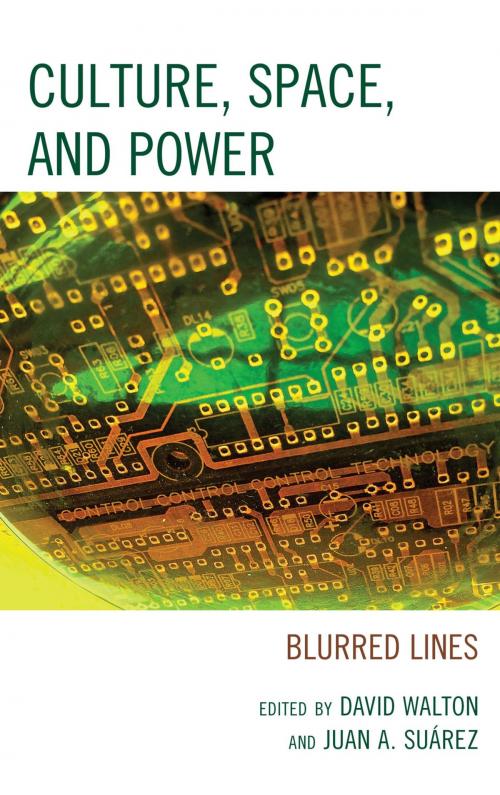| Author: | Iván Villarmea Álvarez, Miguel Mesa del Castillo Clavel, J. Rubén Valdés Miyares, Manuela Ruíz Pardos, Elisa Hernández Pérez, G. Kentak Son, John Storey, Juan Tarancón, Cornelia Wächter, Chris Weedon | ISBN: | 9781498521666 |
| Publisher: | Lexington Books | Publication: | December 9, 2015 |
| Imprint: | Lexington Books | Language: | English |
| Author: | Iván Villarmea Álvarez, Miguel Mesa del Castillo Clavel, J. Rubén Valdés Miyares, Manuela Ruíz Pardos, Elisa Hernández Pérez, G. Kentak Son, John Storey, Juan Tarancón, Cornelia Wächter, Chris Weedon |
| ISBN: | 9781498521666 |
| Publisher: | Lexington Books |
| Publication: | December 9, 2015 |
| Imprint: | Lexington Books |
| Language: | English |
Culture, Space and Power: Blurred Lines collects essays that study contemporary mutations of public and private space in multiple cultural contexts and media from a variety of theoretical and methodological approaches. The essays range from the general to the specific: the first section will explore how recent trends in globalization, nationalism, city design, and ruralist revival yield particular spatial morphologies. The second part of the volume investigates spaces of privacy and togetherness, including traditional settings for intimacy, such as the home, and enclosure, such as the prison, or the virtual locations created through digital media (cellphones, tablets and computers). At the same time, despite the two-part division into public and private, the volume stresses their connection and interdependency: the extent, that is, to which broader spatial configurations affect private, day-to-day practices and locations.
Culture, Space and Power: Blurred Lines collects essays that study contemporary mutations of public and private space in multiple cultural contexts and media from a variety of theoretical and methodological approaches. The essays range from the general to the specific: the first section will explore how recent trends in globalization, nationalism, city design, and ruralist revival yield particular spatial morphologies. The second part of the volume investigates spaces of privacy and togetherness, including traditional settings for intimacy, such as the home, and enclosure, such as the prison, or the virtual locations created through digital media (cellphones, tablets and computers). At the same time, despite the two-part division into public and private, the volume stresses their connection and interdependency: the extent, that is, to which broader spatial configurations affect private, day-to-day practices and locations.















